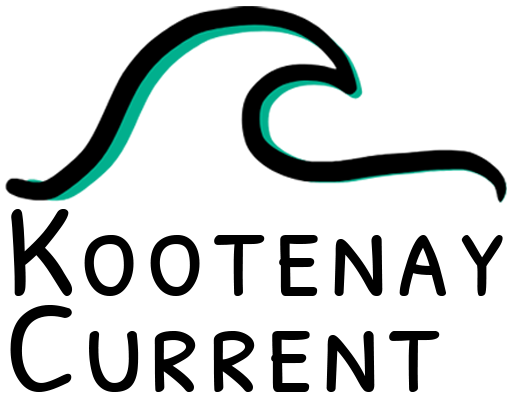The Regional District of Kootenay Boundary has set a target of cutting its greenhouse gas emissions in half by 2030 compared to 2007 levels, en route to a further goal of attaining net-zero status and only using renewable energy sources by 2050.
According to its recently adopted climate action plan, the RDKB emitted 74,000 tonnes of carbon in 2007. That figured declined by two per cent a decade later, but has since risen to nine per cent above where things were 15 years ago. But by the end of this decade, it wants to reduce that number by 40 to 50 per cent.
Senior energy specialist Freya Phillips, who led the plan’s development, says the document builds on the RDKB’s previous corporate and community emissions reductions plans, and combines mitigation, adaptation, and preparedness strategies.
She says work began about a year ago and included a survey that produced “fantastic feedback and insight” on what concerns exist as well as some of the action individuals and groups are taking to manage and respond to climate change.
“It’s quite inspirational, showing what’s possible in small rural communities,” she says.
They also sought feedback on what role the RDKB can play in helping the community reduce greenhouse gas emissions.
The document they have produced includes six guiding principles, six climate action goals, 19 “pathways for corporate action,” and 53 “pathways for community action” that collectively spell out what’s required to move to a low carbon economy.
Phillips says future decision making will also be viewed through a climate lens. The RDKB has already taken certain steps, like beginning to electrify its vehicle fleet, but envisions all of its equipment becoming electric, from mowers and weed whackers to leaf blowers and Zambonis.
She says the RDKB can lead by example with their buildings and properties and offer a low-carbon retrofit program to help residents reduce their own greenhouse gas emissions.
Phillips says the plan calls for a mix of actions with direct impact, as well as working in partnership with others, and taking on advocacy roles with senior governments to improve energy efficiency and reduce emissions from its corporate operations and community activities across the region.
“The more we reduce total GHG emissions in the short term, the less extreme the changes to our climate will be over time,” Phillips said.
“As a community we’ve started taking a proactive approach through our low carbon action for buildings, changing the way we heat and cool houses, how we transport ourselves around the region and how we dispose of organic waste in landfill.
“Climate action is a shared responsibility that reduces the negative impact on property, insurance premiums, stress and anxiety, water availability, tourism, extreme weather and the emergency services.”
RDKB chair Linda Worley called the plan “an example of collaboration and resourcefulness at its finest. Multiple departments have contributed their expertise and have built upon existing work to maintain momentum. It shows what is already being actioned, the important role that rural and small communities can play in addressing climate change and how the RDKB can support them.”




